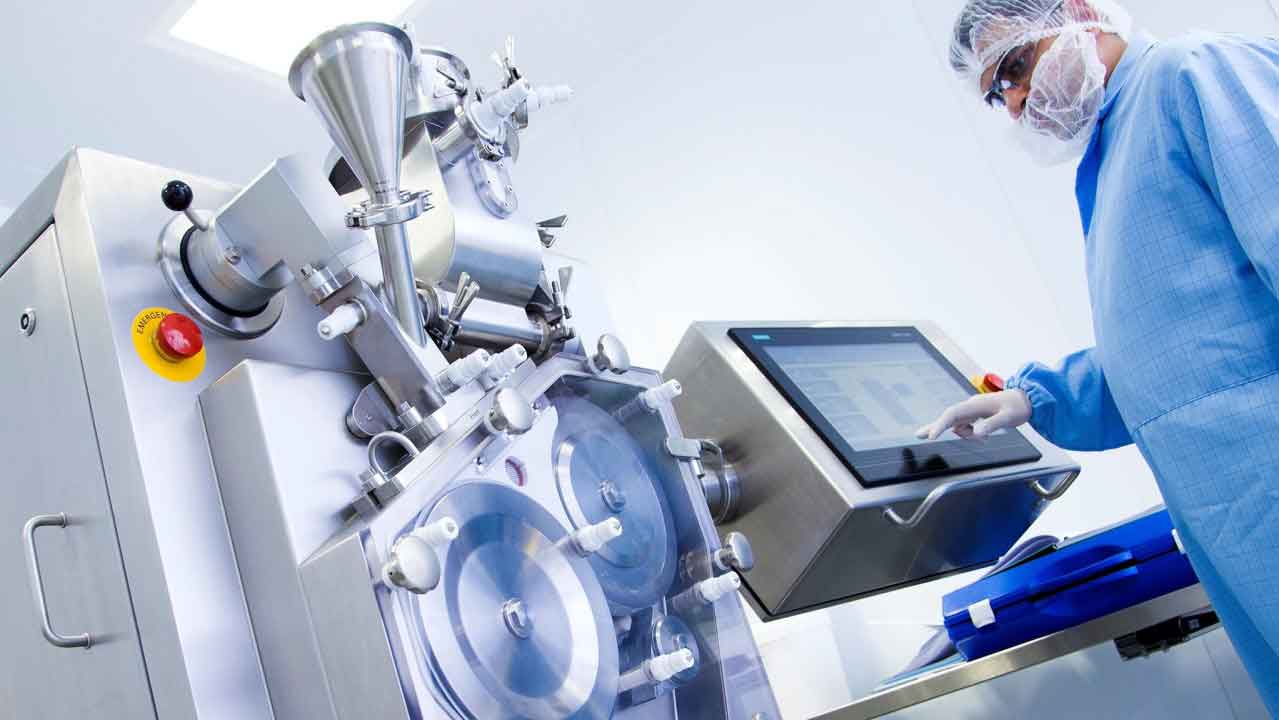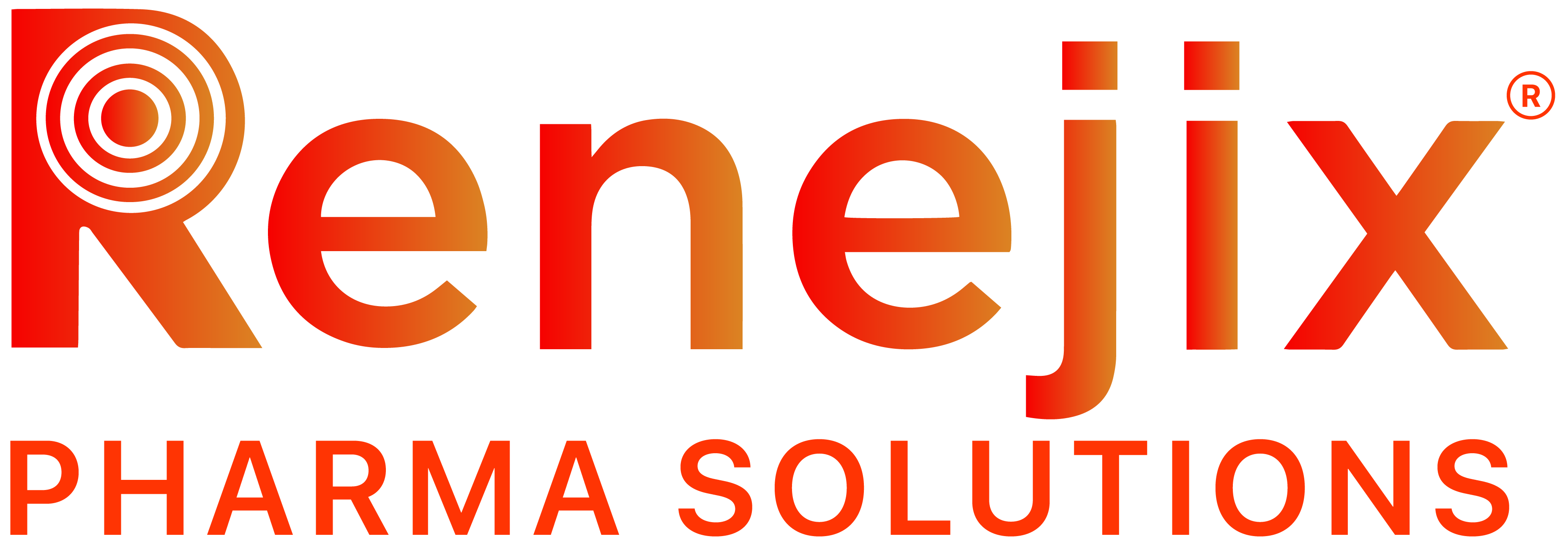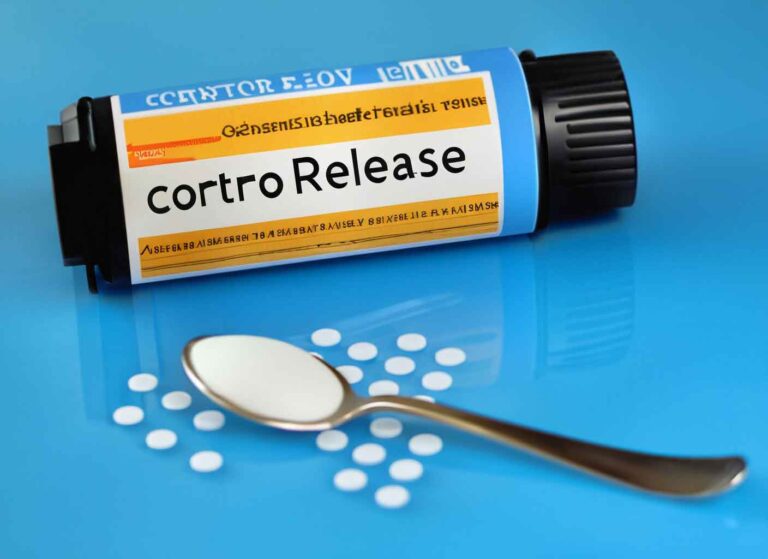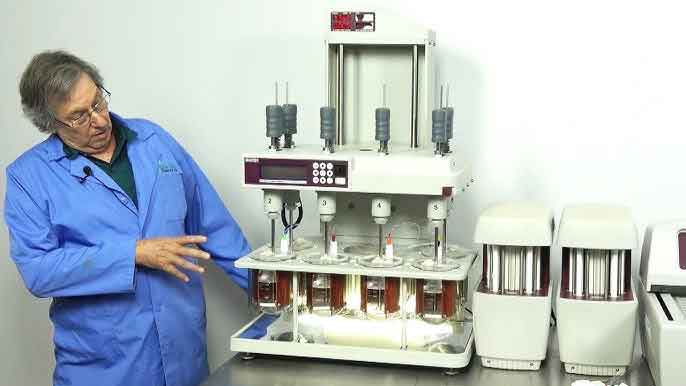
Introduction:
Roller compaction is a popular dry granulation process with some significant advantages over wet granulation processes. It offers better overall stability than other processes, is highly scalable, and is particularly well suited to moisture-sensitive APIs.
What benefits does roller compaction provide to create the most robust dosage forms?
Roller compaction is an ideal choice when a formulation is not amenable to direct compression. Granulation processes are often selected over direct compression because poor flowability of a powder blend may lead to downstream processing challenges such as inconsistent filling of dies or capsules. Granulation can improve the physical properties and uniformity of a blend and promote acceptable content uniformity of a final dosage form, which can be a significant concern for potent APIs. If a potent API is not uniformly distributed within a low-dose blend, the patient could be exposed to unsafe levels in individual tablets or capsules.
Dry granulation offers several advantages over wet granulation, including its suitability for
APIs that are sensitive to moisture or heat. Additionally, it is a more environmentally friendly and energy-efficient process, potentially resulting in cost savings that can be passed on to the patient.
What types of dosage forms can be made from roller compaction product intermediates? Are there different parameters that would need to be considered depending on the dosage form that is selected?
Roller compaction of a powder blend generates ribbons that are then milled to form granules. Milled ribbons are used to prepare blends that can be compressed into tablets or filled into capsules. When the final dosage form is a tablet, sufficient compressibility of the material must be maintained so that acceptable tablets can be formed. If compressibility is consumed during roller compaction, the particles will not bond during the compression process, leading to tablets that can chip, break, or crumble. Capsules do not undergo compression, and therefore, loss of tabletability is not a concern for a manufacturing process that includes encapsulation. However, for both tablets and capsules, the relationship between the solid fraction of the ribbon and the dissolution profile of the final dosage form should be studied.
How does roller compaction address issues of content uniformity for low-dose tablets and capsules?
It can be challenging to maintain the uniformity of a low-dose blend throughout the manufacturing process, but the formation of granules via roller compaction can mitigate concerns about segregation. The ideal formulation for a roller compaction process contains approximately 70% API or less. At levels higher than this, it may be more difficult to prepare a blend with physical properties that are suited to the roller compaction process. For low-dose tablets and capsules, the formulation can be specifically tailored to the roller compaction process by manipulating the physical properties of
using the excipients. By tailoring the formulation to the process, the size of the final dosage form can be controlled and optimized, leading to both patient comfort in swallow- ability and compliance. A patient- friendly dosage form is less likely to be crushed, split, or chewed, all of which may adversely impact the dose or release profile experienced by the patient.
It is common for some drugs (e.g., anticancer) to be first approved for orphan disease indications followed by approval in more prevalent diseases. Is roller compaction a viable option to manufacture both small- and large-scale batches?
Roller compaction is like a continuous process and is an excellent choice if significant increases in demand are expected. Compared to a wet granulation process, in which scale-up would likely require a change in major equipment (e.g., the high shear granulator or fluid bed dryer), scale-up of a roller compaction process is relatively easy. Increasing the size of a roller compaction batch might only require an increase to the volume of the blend while using the same equipment and parameters that were developed for smaller scale batches. As a result, larger patient populations can be supported rather quickly and with fewer resources.
What are the biggest challenges in scaling up a roller compaction process? Even when scale-up does not require a change to the equipment, there are still process development challenges to consider. The uniformity of the larger pre-roller compaction blend must be confirmed, and the flow properties of the larger blend should be considered: changes in flow could result from both the increase in volume and any changes in bin geometry. Development activities should ensure the consistent feed of the blend to the rollers is maintained throughout the extended granulation process.
Longer run times may lead to build-up on the rollers if the lubrication is insufficient, resulting in adherence and irregularities in ribbon production. Potentially, the temperature of the roller surface and the product could increase as a function of the production time, but roller compactors are equipped with chillers today that alleviate those concerns. By considering those items earlier in the development process, time and resources can be conserved when scale-up is required to provide treatment to new patients.
What additional challenges could be encountered during scale-up from the laboratory scale?
It is not uncommon for different roller compaction technologies to be available in the development and GMP settings. For example, the direction of the flow feeding into the rollers could be different, or the production-scale roller compactor may include an in-line milling system. When moving between technologies, it is critical to maintain the same solid fraction or density of the ribbons to minimize the impact to the physical characteristics of the granules, such as particle size. Changes in the properties of the granules can impact the powder flow of the final blend, the compressibility of the tablets, and the dissolution of the finished products.
It is also possible that the API manufacturing process could still be in development, which may result in changes to the physical properties of the API. The impact of those proper- ties on the roller compaction process parameters should be understood to determine if changes to any parameters might be required during process development.
Enabling technologies are becoming more commonly used to improve solubility and bioavailability issues. How does roller compaction play a role in transforming these drug product intermediates into patient-friendly dosage forms?
One of the most widely accepted techniques to improve the bioavailability of a poorly water-soluble API is the preparation of an amorphous solid dispersion. If prepared via spray drying, the amorphous dispersion is likely to have a very low bulk density and poor flow properties, and it will require densification to improve the manufacturability prior to compression or encapsulation. Exposure to moisture during a wet granulation process could lead to unintended crystallization; therefore, roller compaction may be the only viable option to improve the manufacturability of these spray-dried materials and develop robust dosage forms.







